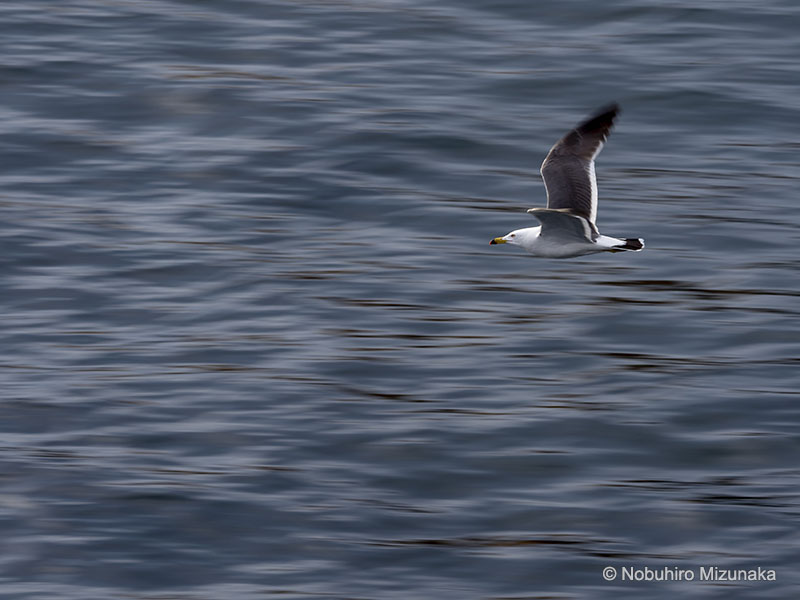Nobuhiro Mizunaka | Markins BV-HEAD
Theme
Wild Birds
Photographer
Nobuhiro Mizunaka
Date
April-June 2018
Location
Shiga, Kyoto
Device
Markins
Canon
EOS 1Dx, EOS 1Dx Mark II
EF600mm F4L IS II USM
EF600mm F4L IS II USM
Olympus
OMD E-M1 Mark II
M.ZUIKO DIGITAL ED 300mm F4.0 IS PRO
M.ZUIKO DIGITAL ED 40-150mm F2.8 PRO
Teleconverter MC-14
M.ZUIKO DIGITAL ED 300mm F4.0 IS PRO
M.ZUIKO DIGITAL ED 40-150mm F2.8 PRO
Teleconverter MC-14
Gitzo
GT3542LS
Review

Nobuhiro Mizunaka
Born in 1961. Basic style is to photograph one species of bird over a long period of time, spending several months in the field in hometown of Shiga, and he continues to photograph wild birds with the theme of "beautiful photos that incorporate their habitat."
Since I introduced a new mirrorless camera two years ago, I have been trying out various equipment to reduce the weight of my feet. I had not been able to come to a definite conclusion until this year, when I came across Markins' BV-HEAD. I had initially planned to use it only with mirrorless cameras, but since it has a load capacity of 50 kg, it can also carry conventional large systems without any problems. Since reducing the weight of equipment was an urgent issue for large systems as well, I decided to introduce it not only as a mirrorless camera, but also as a combination of a single-lens reflex camera and a 64-pin camera.
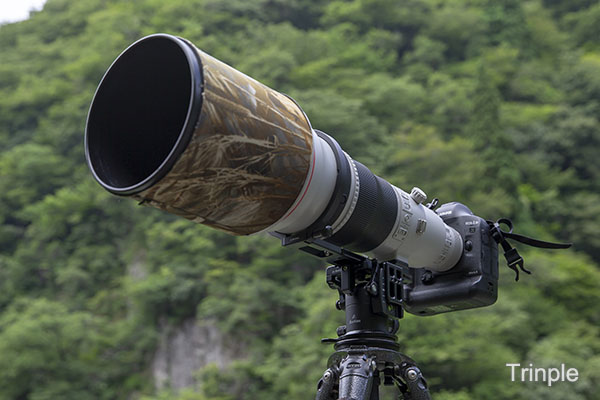
The weight of the BV-HEAD head alone is less than 800 grams. Regardless of the system, reducing the weight of the equipment greatly removes restrictions in the field, so the lighter the better. Especially when shooting in mountains or streams, the benefits of weight reduction are immeasurable. The head I used up until now weighed more than 2.5 kg, so the weight of the head alone will be reduced by just under 2 kg. With a mirrorless system, I can use a lighter tripod, which allows me to take advantage of my mobility.
With a mirrorless system, the system itself is lightweight, so handheld shooting is quite possible, but in order to get the details of the composition, it is necessary to use a tripod. Especially when shooting at an extremely low angle while refining the composition on a movable LCD screen, it is almost impossible to decide on the perfect composition by hand. Even in such cases, it is very reassuring to have a lightweight leg that can be carried anywhere.
Even with the combination of EOS 1Dx Mark II and EF 600mm F4L IS II USM, it stops perfectly with a sense of stability that you wouldn't expect from a ball head. You can adjust the friction by tightening the ball fixing knob, so you can stop the lens at the desired location while swinging the lens, and you can stably follow a flying bird.
When using this combination, the friction is set to a level where you feel a little heavy resistance, since the equipment on top is heavy. This is also related to my preference for a weighty movement that feels a certain amount of resistance. Also, in bird photography, the outcome is often decided in an instant, so it is appreciated that even if you don't have time to tighten the knob after deciding on the composition, you can continue shooting with a stable composition in the same position as you swung the lens. Of course, if you have the leeway, you can tighten the knob to make it firmly stable, so this is also a big advantage with super telephoto lenses, where even a slight misalignment can greatly affect the composition.
Also, when introducing Markins, I decided to remove the original tripod mount and replace it with a ring plate. This lowers the center of gravity, and since it is supported at two points with the ring, the vibration control effect is improved. The low center of gravity and stable appearance are reliable in themselves, but even when shooting, you can feel the stability by holding the lens and camera with your hands.
The movement of the rail part is light, and it moves so smoothly that you can't imagine that it is carrying heavy equipment, making it very easy to handle. The only concern was that when changing to vertical shooting, it would require an additional action of loosening the fixing knob of the ring plate. However, if you think about it, there are not many shooting situations where you have to change the vertical and horizontal orientation frequently. In such rare situations, it is enough to loosen the ring a little, so I decided to prioritize stability and security during normal shooting.
With a mirrorless system, the system itself is lightweight, so handheld shooting is quite possible, but in order to get the details of the composition, it is necessary to use a tripod. Especially when shooting at an extremely low angle while refining the composition on a movable LCD screen, it is almost impossible to decide on the perfect composition by hand. Even in such cases, it is very reassuring to have a lightweight leg that can be carried anywhere.
Even with the combination of EOS 1Dx Mark II and EF 600mm F4L IS II USM, it stops perfectly with a sense of stability that you wouldn't expect from a ball head. You can adjust the friction by tightening the ball fixing knob, so you can stop the lens at the desired location while swinging the lens, and you can stably follow a flying bird.
When using this combination, the friction is set to a level where you feel a little heavy resistance, since the equipment on top is heavy. This is also related to my preference for a weighty movement that feels a certain amount of resistance. Also, in bird photography, the outcome is often decided in an instant, so it is appreciated that even if you don't have time to tighten the knob after deciding on the composition, you can continue shooting with a stable composition in the same position as you swung the lens. Of course, if you have the leeway, you can tighten the knob to make it firmly stable, so this is also a big advantage with super telephoto lenses, where even a slight misalignment can greatly affect the composition.
Also, when introducing Markins, I decided to remove the original tripod mount and replace it with a ring plate. This lowers the center of gravity, and since it is supported at two points with the ring, the vibration control effect is improved. The low center of gravity and stable appearance are reliable in themselves, but even when shooting, you can feel the stability by holding the lens and camera with your hands.
The movement of the rail part is light, and it moves so smoothly that you can't imagine that it is carrying heavy equipment, making it very easy to handle. The only concern was that when changing to vertical shooting, it would require an additional action of loosening the fixing knob of the ring plate. However, if you think about it, there are not many shooting situations where you have to change the vertical and horizontal orientation frequently. In such rare situations, it is enough to loosen the ring a little, so I decided to prioritize stability and security during normal shooting.
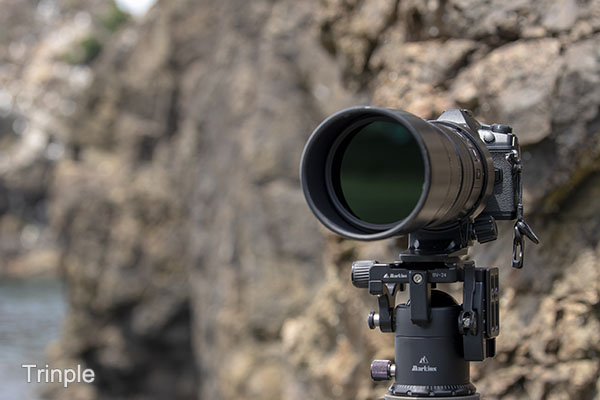
Finally, when using lightweight equipment such as mirrorless cameras on a standard large head, the head itself can become heavy and impractical, but the appeal of the BV-HEAD is that it can be used with both large and lightweight equipment.
Even when combined with the E-M1 Mark II and the M.ZUIKO DIGITAL ED 300mm F4.0 IS PRO or M.ZUIKO DIGITAL ED 40-150mm F2.8 PRO, you can use them in the same way as with heavy equipment without feeling any difference. Until now, it was not possible to use them together in this way, so although it may seem modest, it is truly a blessing.
Even when combined with the E-M1 Mark II and the M.ZUIKO DIGITAL ED 300mm F4.0 IS PRO or M.ZUIKO DIGITAL ED 40-150mm F2.8 PRO, you can use them in the same way as with heavy equipment without feeling any difference. Until now, it was not possible to use them together in this way, so although it may seem modest, it is truly a blessing.
■ Nycticorax nycticorax
Olympus OMD E-M1 Mark II / M.ZUIKO DIGITAL ED 40-150mm F2.8 PRO + Teleconverter MC-14F4.0 1/400 s ISO200
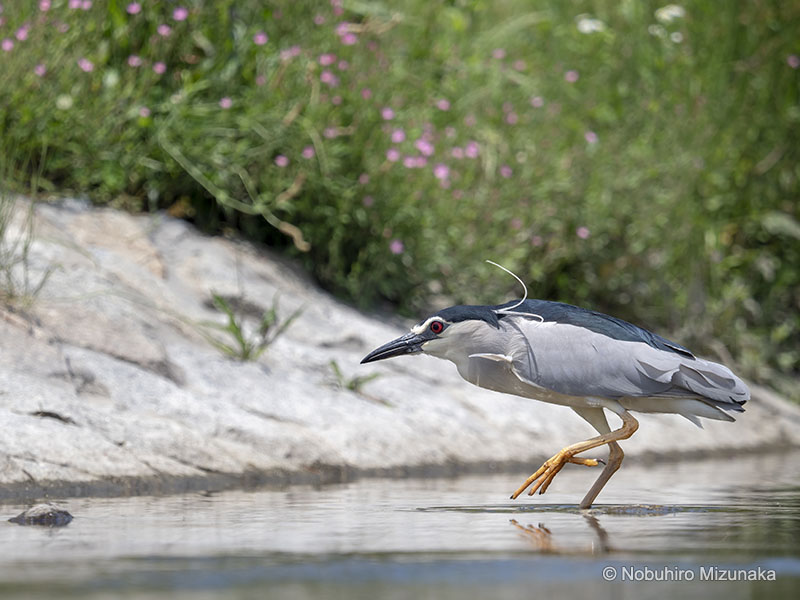
■ Turdus eunomus
キヤノン EOS-1Dx / EF600mm F4L IS II USM + EF 1.4x IIIF5.6 1/640 s ISO160
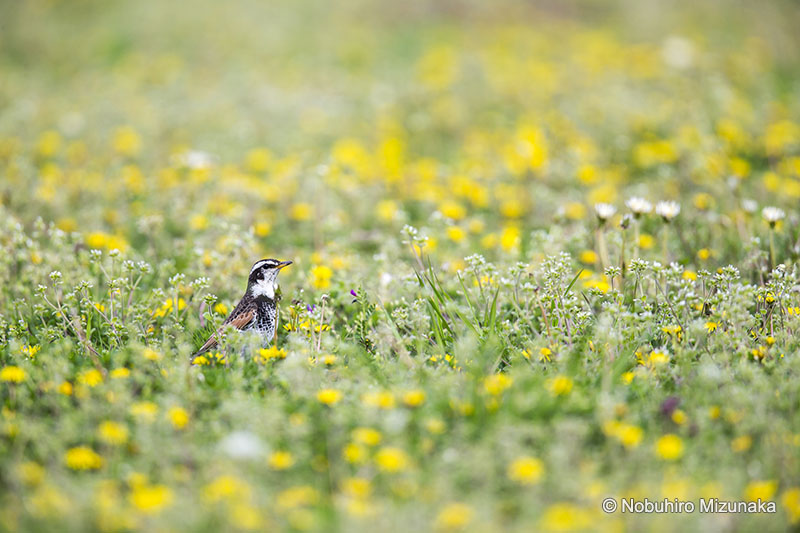
■ Dendrocopos kizuki
Olympus OMD E-M1 Mark II / M.ZUIKO DIGITAL ED 300mm F4.0 IS PROF4.0 1/2500 s ISO200
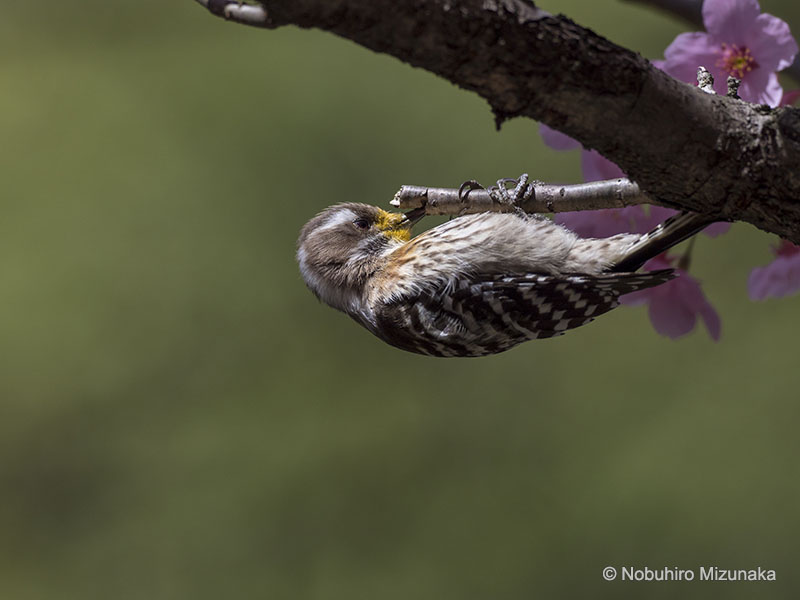
■ Larus crassirostris
Olympus OMD E-M1 Mark II / M.ZUIKO DIGITAL ED 40-150mm F2.8 PROF6.3 1/80 s ISO200
